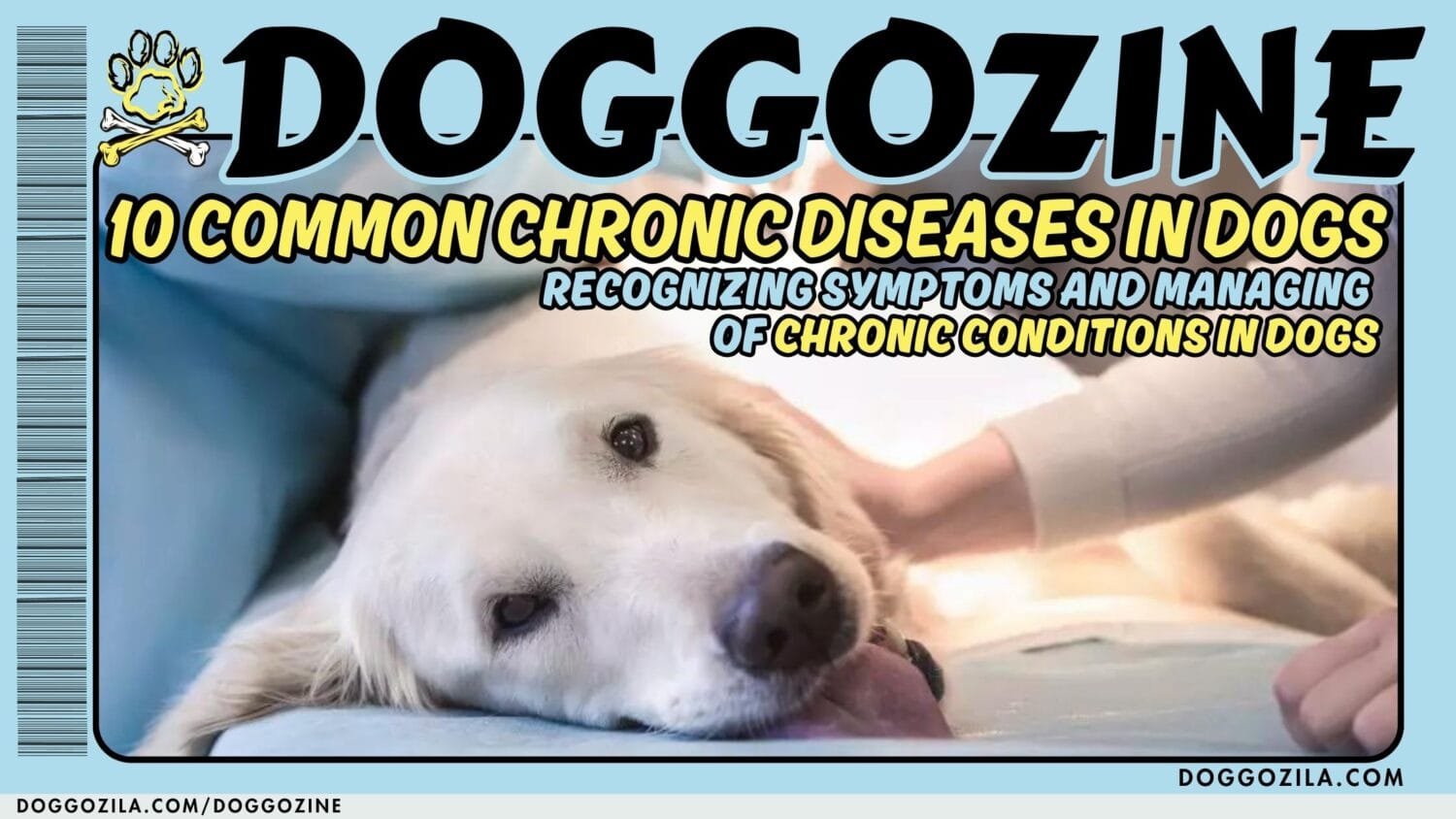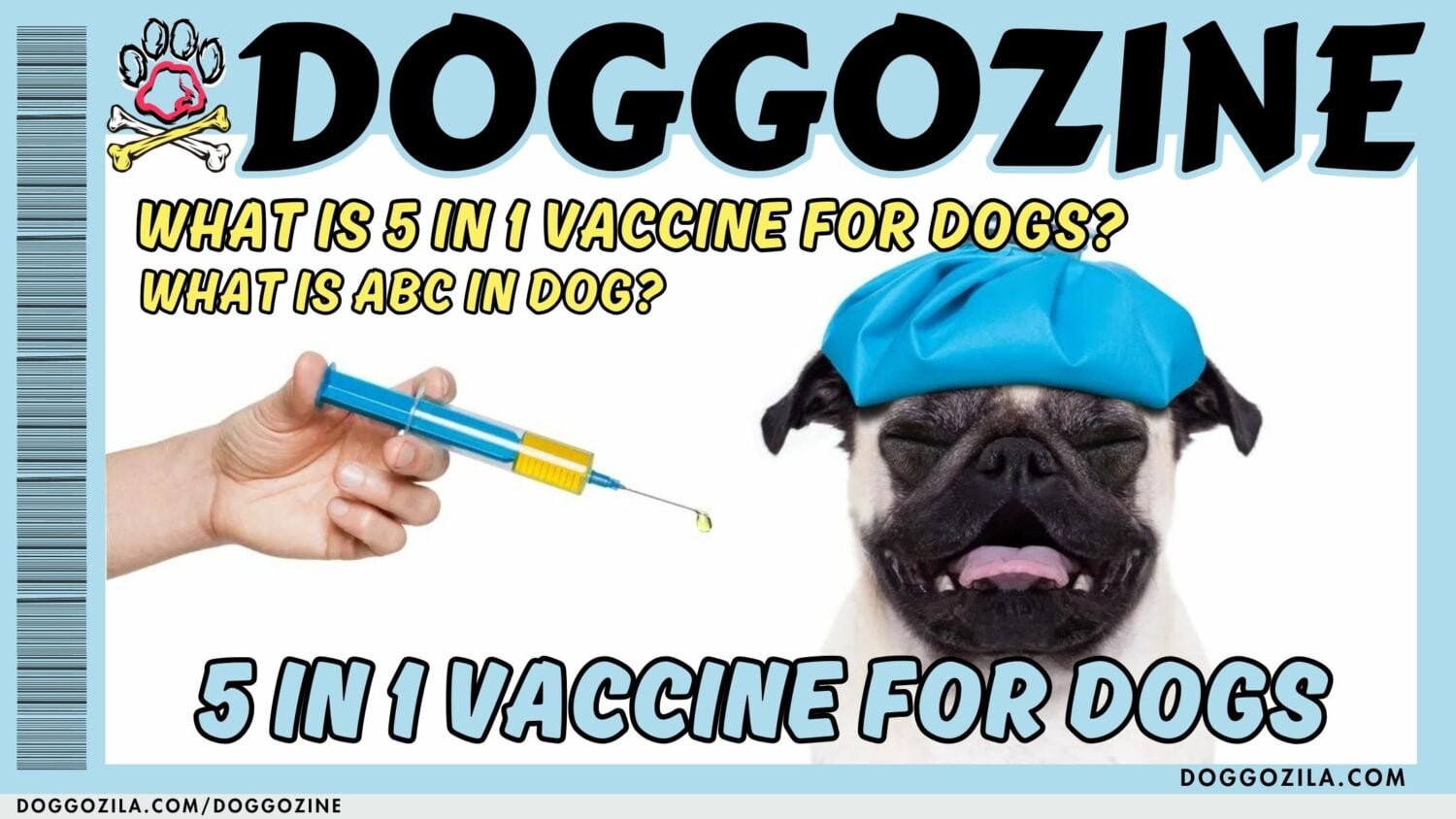Dogs are frequently affected by various skin conditions, each presenting itself with distinct symptoms and underlying causes. Among the most prevalent dermatological issues in dogs are skin allergies and insect bites. Recognizing these conditions early is crucial for effective treatment and ensuring the well-being of your pet.

UNDERSTANDING SKIN ALLERGIES AND DIFFERENT CONDITIONS IN DOGS
Skin allergies in dogs, also known as allergic dermatitis, can be triggered by several factors, including environmental allergens, food sensitivities, and flea infestations. Common symptoms include itching, redness, swelling, and hair loss. Affected dogs may exhibit signs of discomfort, such as constant scratching or biting at their skin.
Distinguishing Between Skin Conditions: Bug Bite and Allergies in Dogs
Environmental allergens may include pollen, dust mites, and mold. In contrast, food allergies in dogs often arise from specific ingredients in a dog’s diet, such as beef, chicken, or grains, making it essential to monitor what your pet consumes.
On the other hand, bug bites are typically caused by insects such as fleas, ticks, or mosquitoes. These bites can lead to localized redness and irritation, although some dogs may experience more severe reactions, such as swelling or anaphylactic shock, particularly if they are hypersensitive to the insect’s saliva.
Distinguishing between a bug bite and skin allergies in dogs can be challenging. However, a key indicator is the location and pattern of the symptoms. Bug bites often appear suddenly and may be concentrated in specific areas, such as the abdomen or paws, while allergies can be more widespread.
Prompt veterinary attention is essential when dealing with skin issues in dogs. Early intervention can prevent the progression of these conditions, leading to more effective treatment and relief for your pet. In conclusion, understanding the nuances of skin allergies and bug bites can empower pet owners to take appropriate action, ensuring their dogs receive the care they need for optimal health.
🔑 Key Points: Allergies cause widespread itching and inflammation, while bug bites typically appear as localized bumps with sudden onset – recognizing these patterns helps determine proper treatment.

COMMON SYMPTOMS OF ALLERGIES AS SKIN CONDITIONS IN DOGS
Skin allergies in dogs can manifest in various ways, often leading to discomfort and distress.
Signs of Skin Conditions in Dogs: Allergies
One of the most noticeable symptoms is excessive scratching. Dogs may scratch to relieve itching caused by allergens such as pollen, dust mites, or certain foods. This incessant scratching can lead to skin irritation and further complications, highlighting the need for careful observation.
Another prominent symptom is redness of the skin, which often accompanies inflammation. Affected areas may appear warm to the touch and could indicate the dog’s allergic response to an irritant. Swelling can also be present, leading to the formation of hives or welts that may affect various parts of the body, including the face, ears, and paws.
🐾 Fun Fact: Did you know that some dogs with allergies develop a “comma-shaped” redness or rash on their belly? This unique pattern, often caused by excessive licking or scratching due to allergies, can look like little punctuation marks on their skin! If you spot this, it might be time for a vet visit.
How to Recognize Rashes and Infections
Rashes are frequently observed in dogs suffering from skin allergies. These rashes can vary significantly in appearance, from small, localized patches to more extensive areas of inflamed skin. The rash’s pattern and intensity may depend on the specific allergen involved and the dog’s individual sensitivity.
Moreover, some dogs may experience dry, flaky skin or patches of fur loss due to excessive licking or biting at the affected areas. In some cases, secondary infections may occur as a result of the dog’s compromised skin barrier.
Symptoms such as foul odor, discharge, or increased heat in specific areas can indicate that an underlying infection is present, necessitating a veterinarian’s evaluation. Understanding these common symptoms is crucial in distinguishing skin allergies from other conditions, such as bug bites, ensuring proper diagnosis and treatment for your dog.
🔑 Key Points: Excessive scratching, inflamed skin, and patchy fur loss signal allergic reactions to environmental triggers or food, often requiring dietary changes or medication for relief.

IDENTIFYING BUG BITES: SIGNS AND SYMPTOMS
When addressing skin issues in dogs, it is crucial to distinguish between bug bites and other potential skin conditions. Bug bites typically present with specific signs and symptoms that can help pet owners identify the cause of their dog’s discomfort.
Most Common Indicators of Bug Bites
One of the most common indicators of bug bites in dogs is localized swelling, often surrounding the bite site. This swelling can manifest as a raised area on the skin, indicating an inflammatory response to the insect’s saliva. In addition to swelling, pet owners may notice small, dome-shaped bumps on the skin, which suggest a localized allergic reaction.
These bumps may vary in size and number depending on factors such as the type of insect and the dog’s sensitivity to bites. If the dog has been bitten by multiple insects, these bumps may cluster together, appearing as a red, inflamed patch of skin. This area may also exhibit increased warmth and tenderness, further confirming its irritation.
How to Differentiate Between a Single Bug Bite and Skin Conditions such as Allergies in Dogs
Another important sign of bug bites in dogs is the behavior in response to these skin irritations. Dogs may react by scratching, biting, or licking the affected area more than usual, indicating discomfort. Some dogs may also exhibit signs of restlessness or anxiety, attempting to alleviate their discomfort through excessive grooming.
Moreover, if a dog has experienced more than one bite, they may show heightened sensitivity, become nervous, and frequently attempt to reach the affected spots. To differentiate between a single bug bite and a more pronounced allergic reaction, it is essential to observe the extent of the symptoms.
While a single bite may produce localized swelling and itching, an allergic reaction usually leads to widespread symptoms, including multiple sites of irritation and potential systemic reactions, such as swelling around the eyes or mouth, which may require immediate veterinary attention.
🔑 Key Points: Single or clustered raised bumps with accompanying restlessness or obsessive licking indicate insect bites, which may need antiseptic care or antihistamines.

POTENTIAL CAUSES OF SKIN CONDITIONS IN DOGS
Skin issues in dogs can arise from a variety of potential causes, each with its own set of symptoms and treatment protocols.
Environmental Skin Allergies in Dogs
One significant category involves environmental allergens, which can provoke a range of allergic reactions. Common environmental triggers include pollen, dust mites, mold, and grass. These allergens can lead to conditions such as allergic dermatitis, resulting in itchy, inflamed skin that may require veterinary intervention for relief and management.
🐾 Fun Fact: Did you know that some dogs react to bug bites with a “bullseye” rash, similar to humans? Fleas, ticks, and other biting insects can leave circular red marks with a pale center—making your pup look like a walking target! Always check for bites after outdoor adventures!
Flea Allergic Dermatitis
Another prevalent concern is ectoparasites, specifically fleas, ticks, and mites. Flea allergic dermatitis is particularly common among dogs, and the presence of fleas can lead to intense itching, hair loss, and skin infections.
Ticks can introduce various diseases, contributing to multifaceted skin reactions, while mites, particularly sarcoptic and demodectic mites, may cause significant dermal issues requiring specific treatments. The diagnosis of these conditions often necessitates a thorough examination by a veterinarian to determine the appropriate course of action.
Food Allergies
Food allergies in dogs also represent another potential cause of skin allergies. Certain ingredients in dog food, such as chicken, beef, dairy, or grains, can be allergens triggering inflammatory responses and skin irritation.
Symptoms typically manifest as itchy skin, gastrointestinal upset, or ear infections. Identifying food allergies can be challenging, often requiring an elimination diet executed under veterinary guidance to pinpoint the offending ingredient.
Diagnosing and Treating Skin Conditions in Dogs
Understanding the diversity of potential causes is crucial in diagnosing and treating skin conditions effectively. By identifying whether the issue stems from environmental allergens, parasites, or dietary intolerances, pet owners can work closely with veterinarians to develop an effective treatment strategy tailored to their dog’s specific needs. Timely recognition of these issues often facilitates better outcomes and enhances overall canine health.
🔑 Key Points: Pollen/mold, flea/tick bites, and dietary proteins (like chicken/beef) are primary causes – each requiring different diagnostic approaches and treatments.

WHEN TO CONSULT A VETERINARIAN ABOUT THE SKIN CONDITIONS IN YOUR DOGS
Determining whether your dog is suffering from skin allergies or bug bites can be a challenging task, particularly in instances of severe reactions. It is essential to be vigilant and proactive when it comes to your pet’s health. There are specific signs that may indicate when it is crucial to seek veterinary care.
🐾 Fun Fact: Did you know that some dogs with ear infections will tilt their heads so much that they look like they’re permanently confused? While it might seem cute, a persistent head tilt can signal an ear infection—so it’s best to get it checked out!
Be Aware of Infections
If your dog exhibits excessive scratching, biting, or licking of the affected area, this may signify a more serious underlying issue that requires professional attention. Additionally, if you notice any swelling, redness, or abrasions on the skin, it is advisable to consult a veterinarian promptly.
One of the primary concerns with untreated skin conditions in dogs is the potential for infections. When a dog constantly irritates its skin, it can lead to open wounds, creating an opportunity for bacteria to enter and cause secondary infections.
Signs of infection may include discharge, a foul odor, or increased warmth around the affected area. These symptoms warrant immediate veterinary intervention to prevent further complications and to ensure the health of your dog.
Be Aware of Allergic Reactions
If your dog develops hives, experiences difficulty breathing, or shows other signs of an allergic reaction, it is imperative to seek emergency veterinary care. Allergic reactions can escalate rapidly and can be life-threatening if not addressed promptly. Understanding the risks associated with untreated skin conditions is vital for any dog owner.
Proper diagnosis by a veterinarian is critical in identifying whether your dog is dealing with allergies, bug bites, or another issue entirely, allowing for the most effective treatment plan to be implemented.
So, being attentive to your dog’s symptoms and recognizing when veterinary care is essential can significantly impact their overall well-being. Regular consultations with a veterinarian ensure that your furry friend receives the best possible care and helps maintain their health for years to come.
🔑 Key Points: Difficulty breathing, oozing wounds, or full-body hives signal severe reactions needing urgent care to prevent life-threatening complications.

TREATMENT OPTIONS FOR SKIN CONDITIONS SUCH AS ALLERGIES AND BUG BITES IN DOGS
When it comes to addressing skin allergies and bug bites in dogs, several treatment options are available, ranging from medications to natural remedies. Antihistamines are a common choice for managing allergic reactions. These medications help reduce itching and inflammation, offering much-needed relief to dogs suffering from skin discomfort. However, it is crucial to consult a veterinarian before administering antihistamines, as some formulations may not be safe for all breeds or health conditions.
🐾 Fun Fact: Did you know that some dogs with skin allergies can get allergy shots—just like humans? These customized injections help desensitize them to allergens like pollen or dust mites, turning an itchy pup into a happy (and scratch-free) one!
Corticosteroids
Corticosteroids are another effective treatment option, especially for severe allergic reactions. These steroids work by suppressing the immune response, thereby reducing inflammation and alleviating itching. It is important to note that prolonged use of corticosteroids can lead to significant side effects, so they should only be prescribed by a veterinarian for short-term application.
Topical Ointments and Creams
Topical ointments and creams can also provide localized treatment for skin allergies and bug bites. These products often contain soothing ingredients like hydrocortisone or aloe vera, which can help calm irritated skin and promote healing. Regular application as directed can enhance the comfort of your dog while addressing the symptoms of allergies or bites.
🐾 Fun Fact: Did you know that oatmeal isn’t just a healthy breakfast for you—it’s also a soothing superhero for dogs with itchy skin? Many medicated dog shampoos contain oatmeal to calm irritation, making bath time a spa-like relief for your scratchy pup!
Explore More Natural Remedies
In addition to pharmaceutical treatments, many pet owners turn to natural remedies, such as oatmeal baths or coconut oil, for their soothing properties. These options can be beneficial in hydrating the skin and reducing itchiness, often with fewer side effects. Nevertheless, it is advisable to discuss these alternatives with your veterinarian to ensure they align with your dog’s overall health plan.
To minimize the recurrence of skin allergies and bug bites, preventive measures are essential. Regular grooming, maintaining a clean-living environment, and using flea and tick preventatives can significantly reduce the risk of skin issues. Establishing a consistent care routine at home, including monitoring for any signs of discomfort, is important in maintaining your dog’s skin health.
🔑 Key Points: Regular brushing, flea prevention, hypoallergenic diets, and clean-living spaces form the best defense against recurring skin issues.

PREVENTIVE MEASURES TO KEEP YOUR DOG HEALTHY
Taking proactive steps to prevent skin allergies and bug bites is essential for ensuring your dog’s overall health and well-being. Regular grooming is one of the most effective measures dog owners can undertake.
Regular Dog Grooming, Flea and Tick Prevention
Brushing your dog’s coat not only helps to remove loose fur and dirt but also allows you to inspect the skin for any signs of irritation or abnormality. Depending on your dog’s breed, you may need to adjust your grooming frequency to prevent matting and promote skin health.
Another critical preventive measure is flea and tick prevention. These pests can cause significant discomfort and health issues for your dog, leading to allergic reactions. Research suitable topical treatments, collars, or oral medications specifically designed to repel or eliminate fleas and ticks. It is advisable to consult your veterinarian for the most effective and safe products tailored to your dog’s specific needs and environment.
Monitor Your Dog’s Diet and Maintain Clean Living Environment
Maintaining a clean environment is also vital in reducing the likelihood of skin allergies and bug bites. Regularly washing your dog’s bedding, toys, and any areas they frequent can help eliminate potential allergens. Additionally, keeping your yard tidy by regularly mowing the lawn and removing debris can deter insects from nesting.
Monitoring your dog’s diet plays an important role in skin health as well. Certain foods can trigger allergic reactions manifesting as skin irritations or rashes. Providing a high-quality diet that includes essential fatty acids can significantly improve your dog’s skin condition. Consult with your veterinarian to identify potential dietary allergens and ensure your dog receives balanced nutrition.
By incorporating these preventive measures into your routine, you can help safeguard your dog against skin allergies and bug bites, thereby promoting a healthier and happier life for your furry friend.
🔑 Key Points: Regular grooming is one of the most effective measures dog owners can undertake to prevent any skin conditions in dogs. Another critical preventive measure is flea and tick prevention. Monitoring your dog’s diet plays an important role in skin health as well. Clean environment is also vital in preventing skin allergies and bug bites.

HOW TO RECOGNIZE BETWEEN BUG BITES AND ALLERGIES
Figuring out whether your pup is dealing with bug bites or allergies can feel like playing detective—sniffing out clues, examining the evidence, and maybe even scratching your own head in confusion!
„ Bug bites often show up as sudden, angry red bumps or even bullseye marks, especially after outdoor adventures where mosquitoes, fleas, or ticks throw a sneaky party on your dog’s skin. On the other hand, allergies love to keep things dramatic with relentless itching, hot spots, or even that weird “comma-shaped” rash that looks like your dog got tagged by an invisible artist. “
Final Thoughts on Skin Conditions in Dogs
The telltale signs for recognizing between these two skin conditions?
Bug bites usually pop up in random spots, while allergies often strike predictable zones like paws, ears, or bellies. If your dog’s scratching sounds like a DJ remixing a hit song at 3 AM, it’s time to investigate! Check for tiny black flea dirt (aka “flea confetti“) or swollen tick hitchhikers—those little freeloaders love to overstay their welcome.
Allergies, though? They’re sneakier, often flaring up seasonally or after your dog scarfs down a suspect treat.
A fun trick?
If antihistamines (like Benadryl, vet-approved, of course!) ease the itch, allergies might be the culprit. But if the irritation sticks around like a bad house-guest, bugs could be to blame. Either way, your vet’s the ultimate sidekick in this mystery—armed with tests, treatments, and maybe even a prescription for that fancy oatmeal shampoo your dog will low-key love. So stay sharp, pet parents!
Whether it’s bugs crashing the party or allergies stirring up drama, you’ve got the skills to decode the itch and get your pup back to their happy, tail-wagging self.
🐾 Case closed! 🐾









